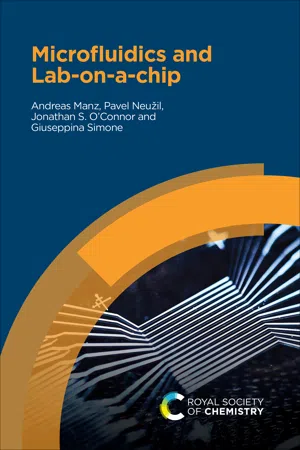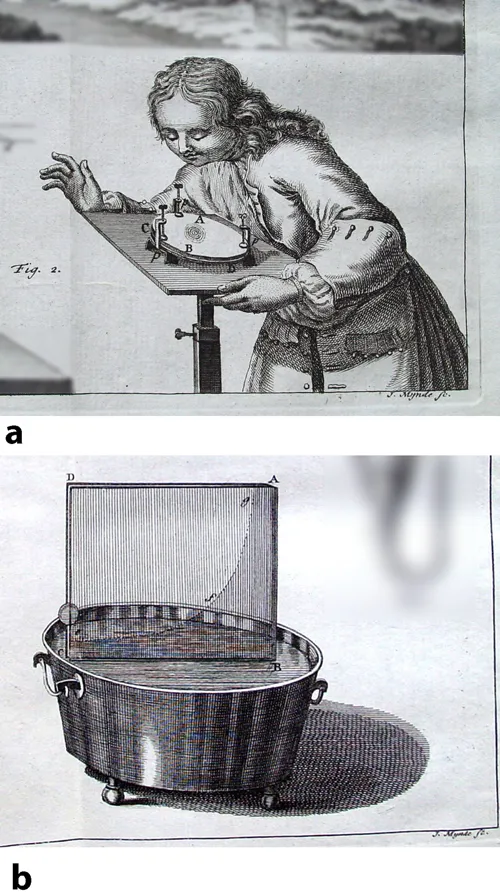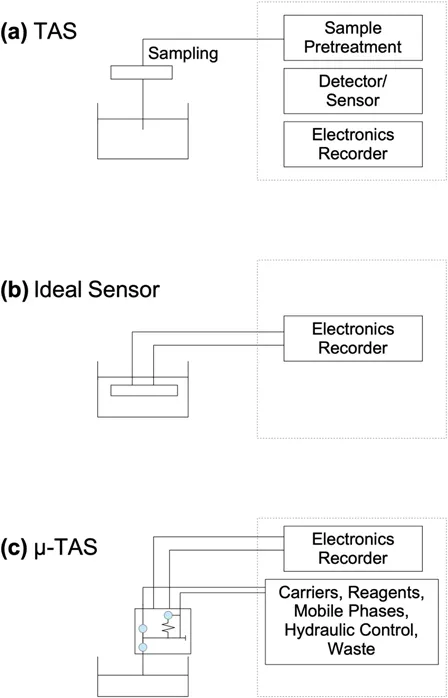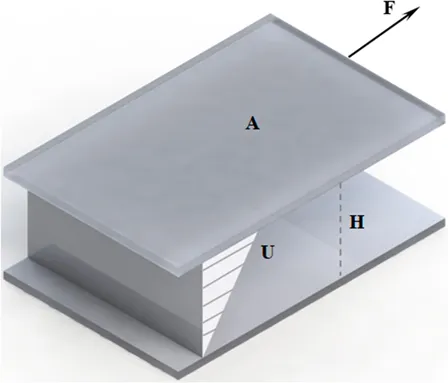
Microfluidics and Lab-on-a-chip
- 280 pages
- English
- ePUB (mobile friendly)
- Available on iOS & Android
Microfluidics and Lab-on-a-chip
About this book
Microfluidic technology is revolutionising a number of scientific fields, including chemistry, biology, diagnostics, and engineering. The ability to manipulate fluids and objects within networks of micrometre-scale channels allows reductions in processing and analysis times, reagent and sample consumption, and waste production, whilst allowing fine control and monitoring of chemical or biological processes. The integration of multiple components and processes enable "lab-on-a-chip" devices and "micro total analysis systems" that have applications ranging from analytical chemistry, organic synthesis, and clinical diagnostics to cell biology and tissue engineering.
This concise, easy-to-read book is perfectly suited for instructing newcomers on the most relevant and important aspects of this exciting and dynamic field, particularly undergraduate and postgraduate students embarking on new studies, or for those simply interested in learning about this widely applicable technology.
Written by a team with more than 20 years of experience in microfluidics research and teaching, the book covers a range of topics and techniques including fundamentals ( e.g. scaling laws and flow effects), microfabrication and materials, standard operations ( e.g. flow control, detection methods) and applications. Furthermore, it includes questions and answers that provide for the needs of students and teachers in the area.
Frequently asked questions
- Essential is ideal for learners and professionals who enjoy exploring a wide range of subjects. Access the Essential Library with 800,000+ trusted titles and best-sellers across business, personal growth, and the humanities. Includes unlimited reading time and Standard Read Aloud voice.
- Complete: Perfect for advanced learners and researchers needing full, unrestricted access. Unlock 1.4M+ books across hundreds of subjects, including academic and specialized titles. The Complete Plan also includes advanced features like Premium Read Aloud and Research Assistant.
Please note we cannot support devices running on iOS 13 and Android 7 or earlier. Learn more about using the app.
Information
The theory of microfluidics is a fundamental tool for understanding microfluidic chips and their applications. In this chapter, the phenomena of fluid dynamics are introduced and scaled down to understand how fluid behaviour changes when flowing in microchannels. The introduction of dimensionless numbers, such as Reynolds, Péclet and capillary numbers, is used to determine the prevalent forces in fluid momentum and mass transfer and to evaluate the predominance of surface and volume forces.
1.1 Introduction


1.2 Definition of Fluids and Fluid Properties
| Fluid | 0 °C | 20 °C |
| Water | 0.999 | 0.998 |
| Air | 0.0013 | 0.0012 |
| Ethanol | 0.81 | 0.79 |
| Glycerol | 1.26 | 1.26 |

Table of contents
- Cover
- Half Title
- Title
- Copyright
- Preface
- Abbreviations and Variables
- Contents
- 1 Theory of Microfluidics
- 2 Device Fabrication
- 3 Layout of Microfluidic Chips
- 4 Engineering Surfaces
- 5 Forces in Microfluidics
- 6 Flow Control
- 7 Valving and Pumping
- 8 Mixing
- 9 Droplet Formation and Manipulation
- 10 Extraction and Reactions
- 11 Separations On-chip
- 12 Optical Detection
- 13 Electrochemistry
- 14 Cells in Lab-on-a-chip
- 15 Development of Lab-on-a-chip Systems for Point-of-care Applications
- Subject Index